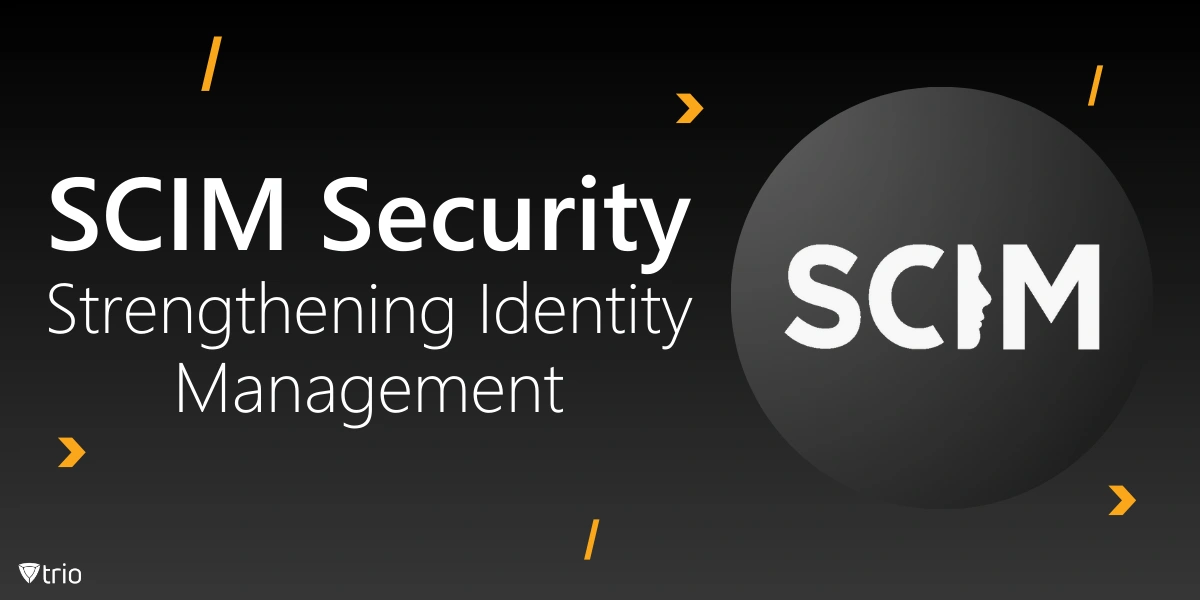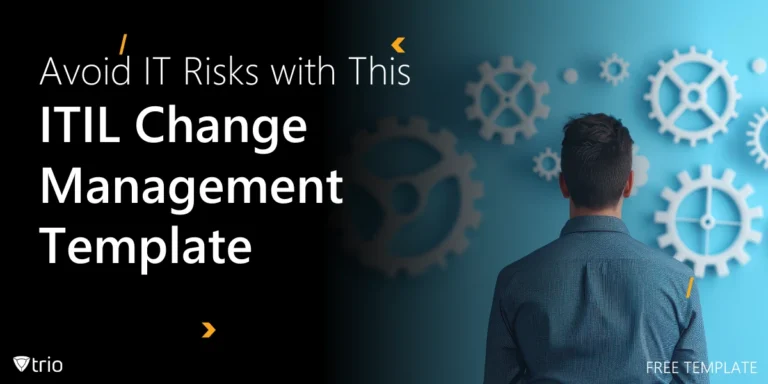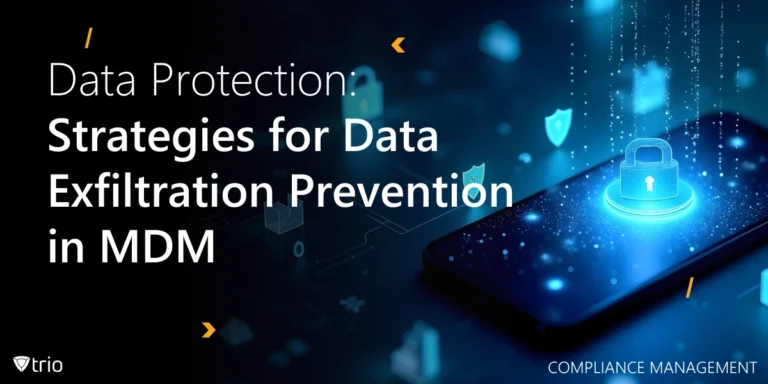As businesses increasingly rely on cloud services and digital tools, managing user identities and access to critical systems has become more complex. This complexity brings new security challenges, especially when it comes to ensuring that only authorized users have access to the right resources. One of the most efficient ways to address this challenge is through SCIM security. SCIM stands for System for Cross-domain Identity Management. The market for this tool is predicted to reach USD 9.68 billion by 2030.
SCIM is a standard protocol designed to simplify the management of user identities across multiple systems and applications. It automates user provisioning, de-provisioning, and the management of user attributes, making it essential for businesses that handle a large number of users and cloud applications. However, like any technology that deals with sensitive user data, security is paramount. In this blog, we’ll explore the security features and best practices of SCIM, and how businesses can implement it without leading to SCIM security risks.
What Is SCIM?
SCIM (pronounced “skim”) is an open standard that allows for the automation of user identity management in a secure, scalable way. It enables organizations to synchronize user information such as roles, permissions, and personal data across multiple platforms. This protocol makes it easier for IT teams to manage user accounts across different applications, streamlining the user lifecycle management process.
By using SCIM, companies can automate the onboarding and offboarding of employees, ensuring that access rights are granted and revoked promptly. Additionally, SCIM supports interoperability between different identity management systems, allowing businesses to unify user data from multiple sources.
SCIM is a critical tool for managing user access, but it also deals with highly sensitive information like usernames, passwords, and other personal data. This makes it a high-priority target for attackers. SCIM vulnerabilities can have devastating consequences, allowing malicious actors to gain unauthorized access to a company’s systems, data, and applications. To mitigate these risks, it’s essential to understand how to implement SCIM securely and what measures can be taken to secure SCIM endpoints.
Key Features of SCIM Security Integration
Some key features of SCIM security integration that help user provisioning include:
1. Authentication and Authorization
SCIM’s implementation and security rely heavily on authentication and authorization mechanisms to ensure that only legitimate users can access its services. Authentication verifies a user’s identity, while authorization ensures that the user has the appropriate permissions to perform certain actions. SCIM typically integrates with OAuth 2.0 and OpenID Connect (OIDC) to secure API requests and manage access tokens.
- OAuth 2.0: Provides a secure and scalable authorization framework that allows third-party applications to access user data without exposing login credentials.
- OIDC: An authentication layer built on top of OAuth 2.0, ensuring that user identities are verified before they can access services.
By leveraging OAuth 2.0 and OIDC, SCIM ensures that sensitive operations such as user provisioning and deprovisioning are secure and authenticated. SCIM user provisioning security as well as deprovisioning security protects against common attack vectors such as man-in-the-middle attacks, where attackers could otherwise intercept credentials.
2. Encryption
Encryption plays a pivotal role in SCIM protocol security by protecting data both in transit and at rest. When SCIM transmits user data between identity providers and service providers, it uses Transport Layer Security (TLS) to encrypt the communication channel, ensuring that sensitive information is not intercepted during transmission.
- Encryption in transit: Protects data when it is being sent between systems, using TLS to safeguard against eavesdropping and tampering.
- Encryption at rest: Ensures that stored user data is encrypted on servers to protect against unauthorized access, even if physical storage is compromised.
Together, these encryption mechanisms provide robust protection for sensitive user data, reducing the risk of data breaches.
3. Least Privilege Access
A core principle in SCIM integration is the least privilege model, where users are granted only the minimum level of access required to perform their jobs. SCIM can be configured to manage fine-grained access control, ensuring that users don’t have unnecessary privileges that could be exploited in the event of a security breach.
This model prevents excessive access to critical systems and helps reduce the risk of insider threats or unintended data exposure. By limiting user access to only what is essential, businesses can mitigate the impact of any potential security incidents.
4. Auditing and Logging
SCIM allows businesses to implement detailed auditing and logging features, tracking every change made to user identities and access rights. SCIM security audit creates a secure audit trail that can be reviewed in case of suspicious activity, helping organizations quickly detect and respond to security incidents.
By tracking user provisioning, role changes, and de-provisioning, IT teams can monitor compliance and ensure that any unauthorized access attempts are identified and addressed in real time.

SCIM Security Best Practices
Some SCIM security best practices include:
1. Implement Strong Authentication Mechanisms
When setting up SCIM, it’s essential to integrate it with strong authentication mechanisms such as multi-factor authentication (MFA) and Single Sign-On (SSO). MFA adds an extra layer of security by requiring users to provide two or more verification factors before gaining access to sensitive data. This helps prevent unauthorized access even if an attacker compromises a user’s login credentials.
SSO streamlines the authentication process, allowing users to log in once and gain access to multiple applications without needing separate credentials for each. This reduces the risk of password fatigue and weak passwords while simplifying the user experience.
2. Enforce Role-Based Access Control (RBAC)
Role-based access control (RBAC) is an effective way to enforce the least privilege model in SCIM. By assigning roles to users based on their responsibilities, businesses can ensure that users have the appropriate access to resources without over-privileging.
RBAC simplifies user management, especially in large organizations, by standardizing access controls and reducing the complexity of managing individual permissions.
3. Regularly Audit and Monitor User Activity
To ensure SCIM is being used securely, it’s crucial to conduct regular audits of user activity and permissions. Monitoring user access and identifying patterns of unusual behavior can help detect security issues early.
Establishing automated alerts for anomalies in user activity can also enhance your organization’s ability to respond quickly to potential security threats. Regularly reviewing audit logs will help ensure compliance with internal policies and external regulations.
4. Use Strong Encryption Standards
Ensure that all data transmitted through SCIM is encrypted using strong encryption standards such as TLS 1.2 or higher. Additionally, ensure that user data stored in your databases is encrypted at rest, using strong cryptographic algorithms such as AES-256. By employing industry-leading encryption standards, you protect user identities and sensitive information from interception or unauthorized access.
Conclusion
SCIM provides businesses with an efficient and standardized way to manage user identities across multiple platforms. However, ensuring that SCIM is implemented securely is vital to protect sensitive user information and prevent unauthorized access. By leveraging strong authentication, encryption, least privilege access, and robust auditing features, businesses can securely implement SCIM and mitigate the risks associated with identity management.
Whether you’re a large enterprise or a growing business, implementing SCIM securely can streamline identity management, reduce administrative overhead, and protect your organization from potential security breaches. Ready to take control of your organization’s identity management and enhance security? Try Trio’s Mobile Device Management solution with SCIM integration for a more secure and streamlined experience. Start your free trial today.
Get Ahead of the Curve
Every organization today needs a solution to automate time-consuming tasks and strengthen security.
Without the right tools, manual processes drain resources and leave gaps in protection. Trio MDM is designed to solve this problem, automating key tasks, boosting security, and ensuring compliance with ease.
Don't let inefficiencies hold you back. Learn how Trio MDM can revolutionize your IT operations or request a free trial today!




